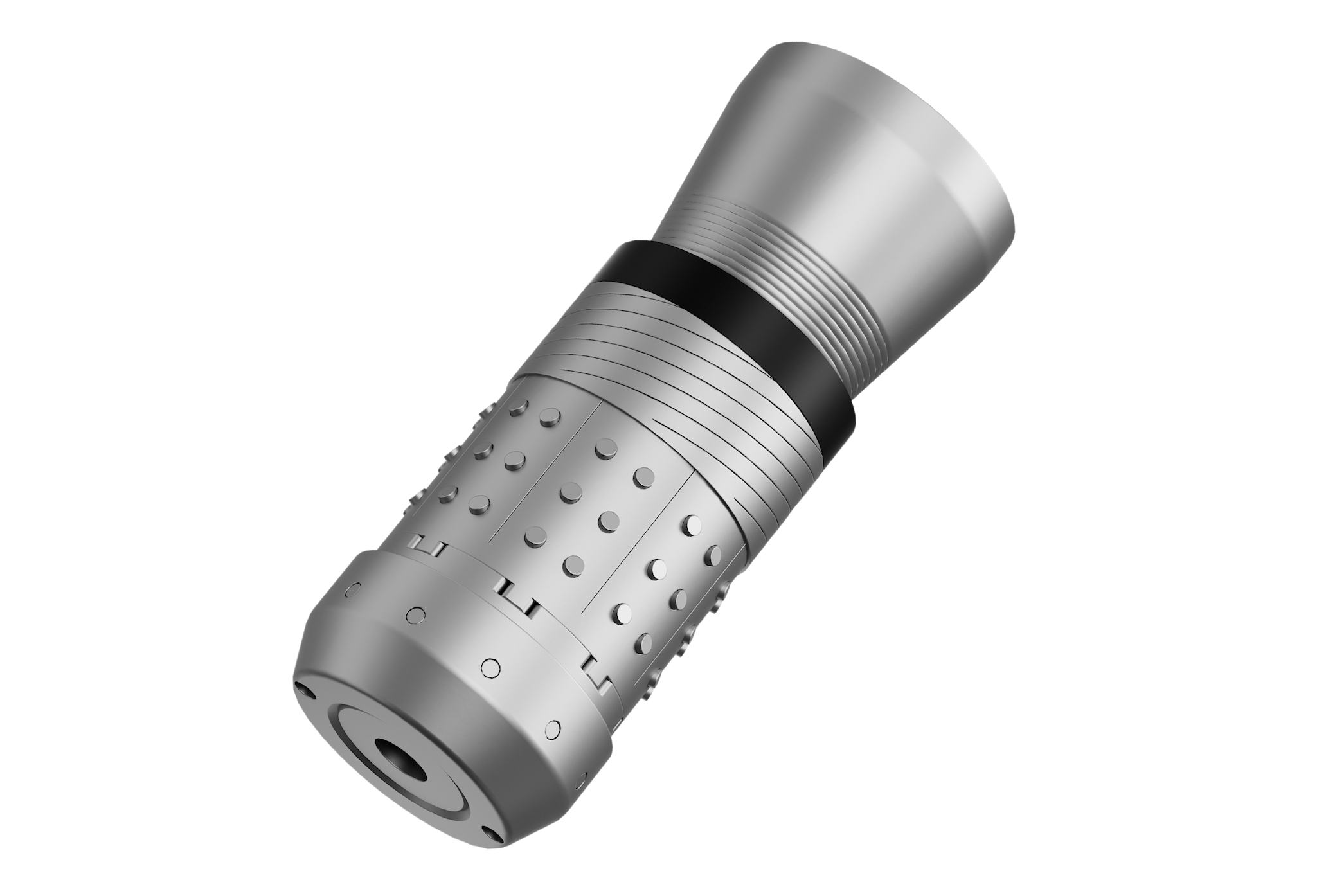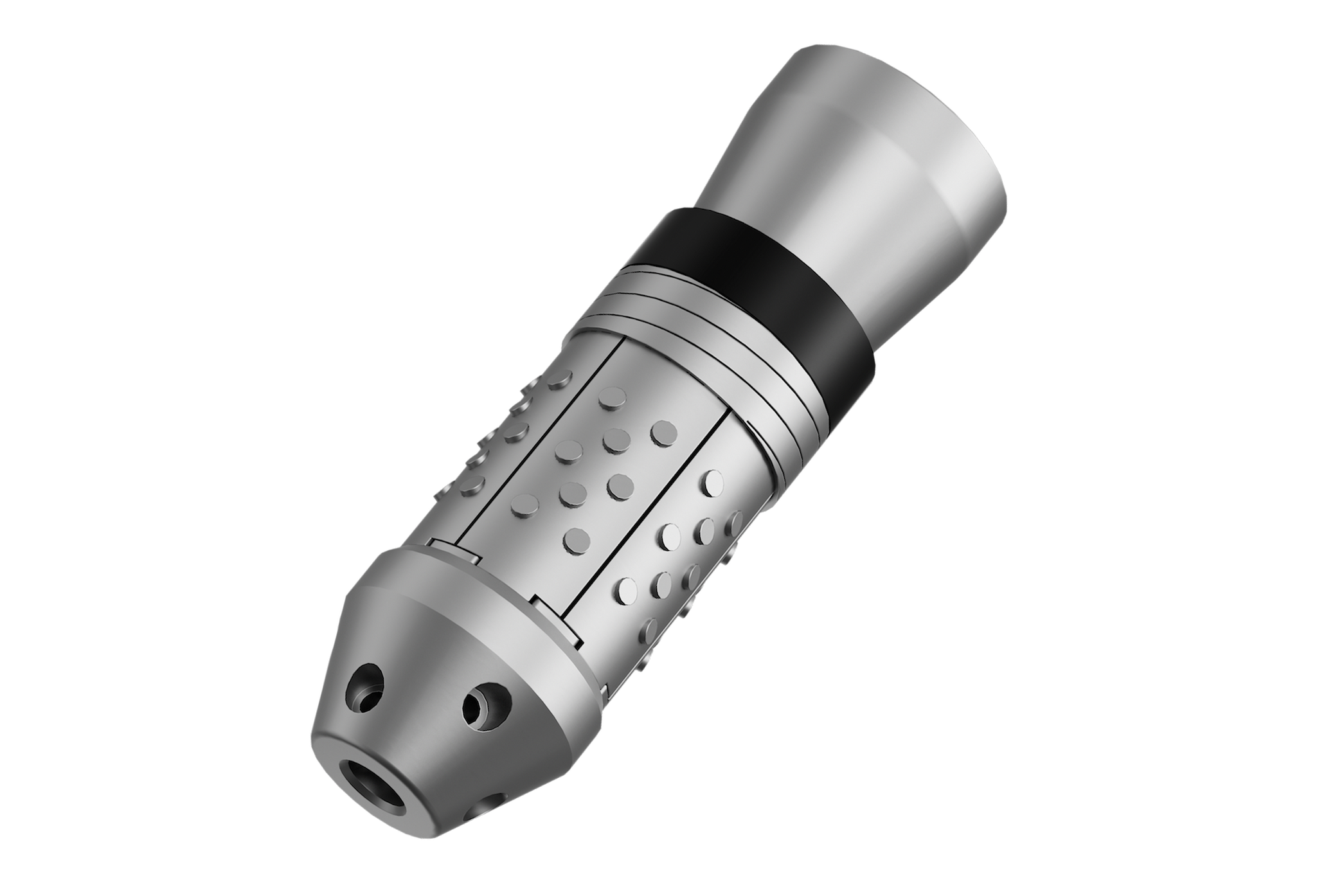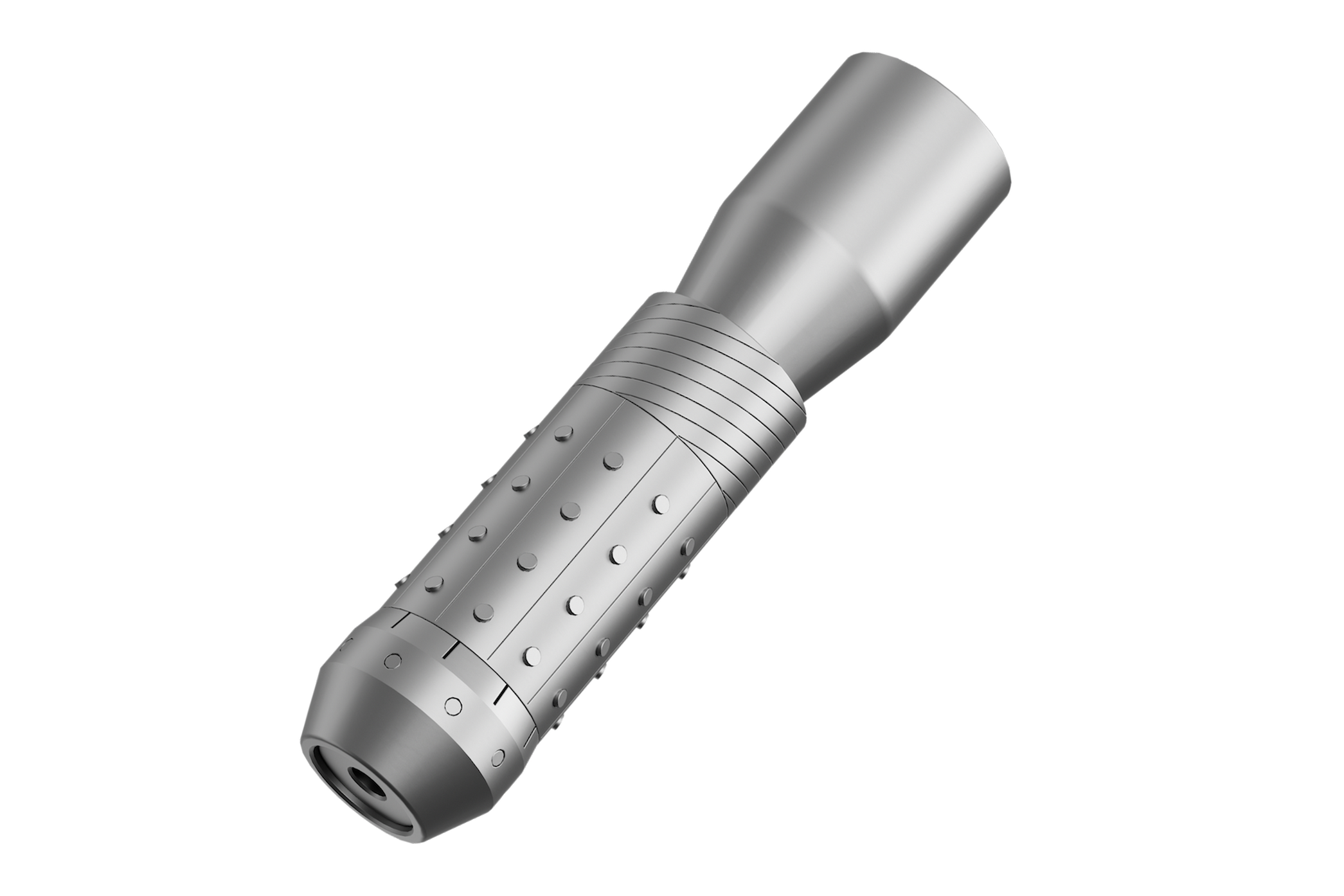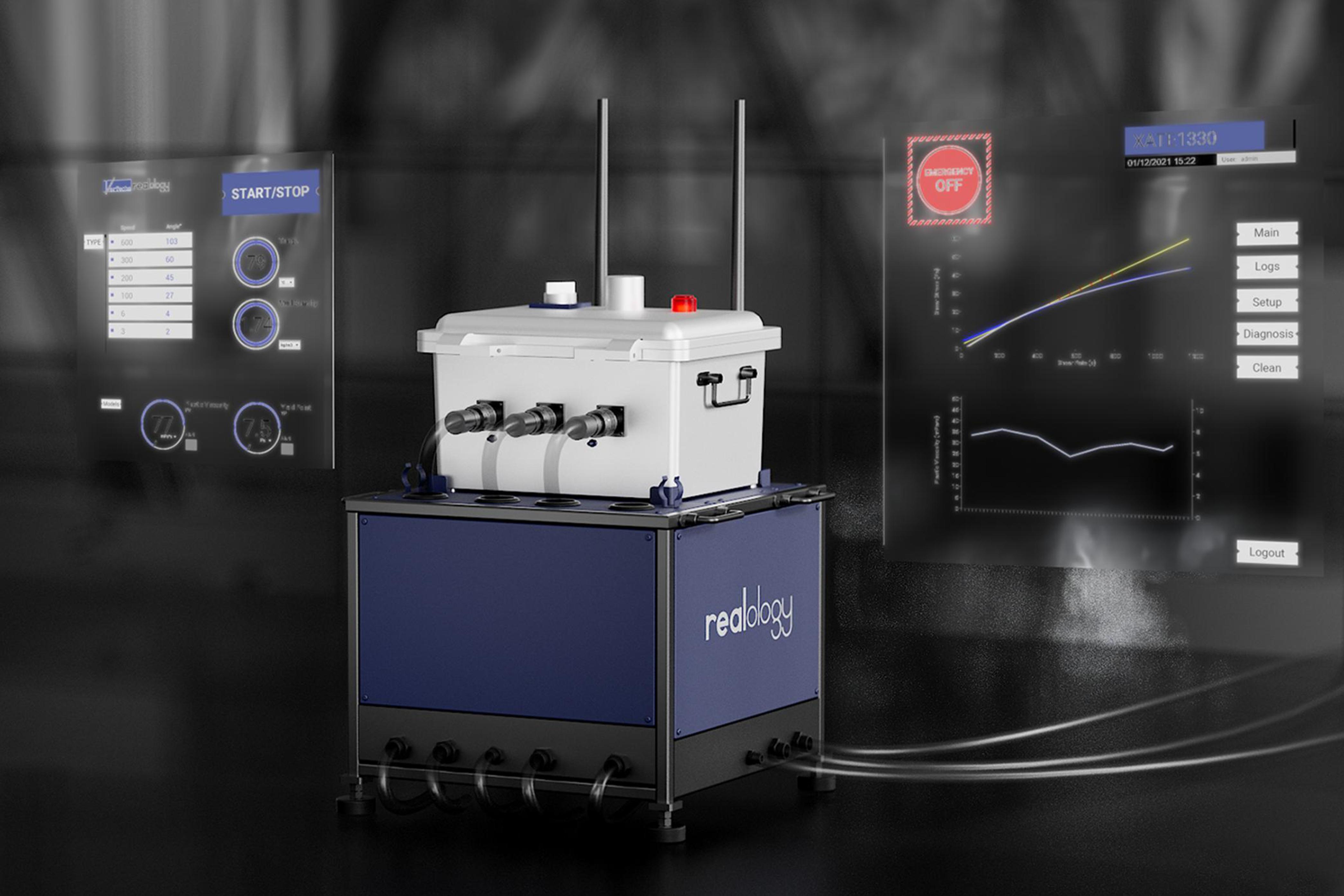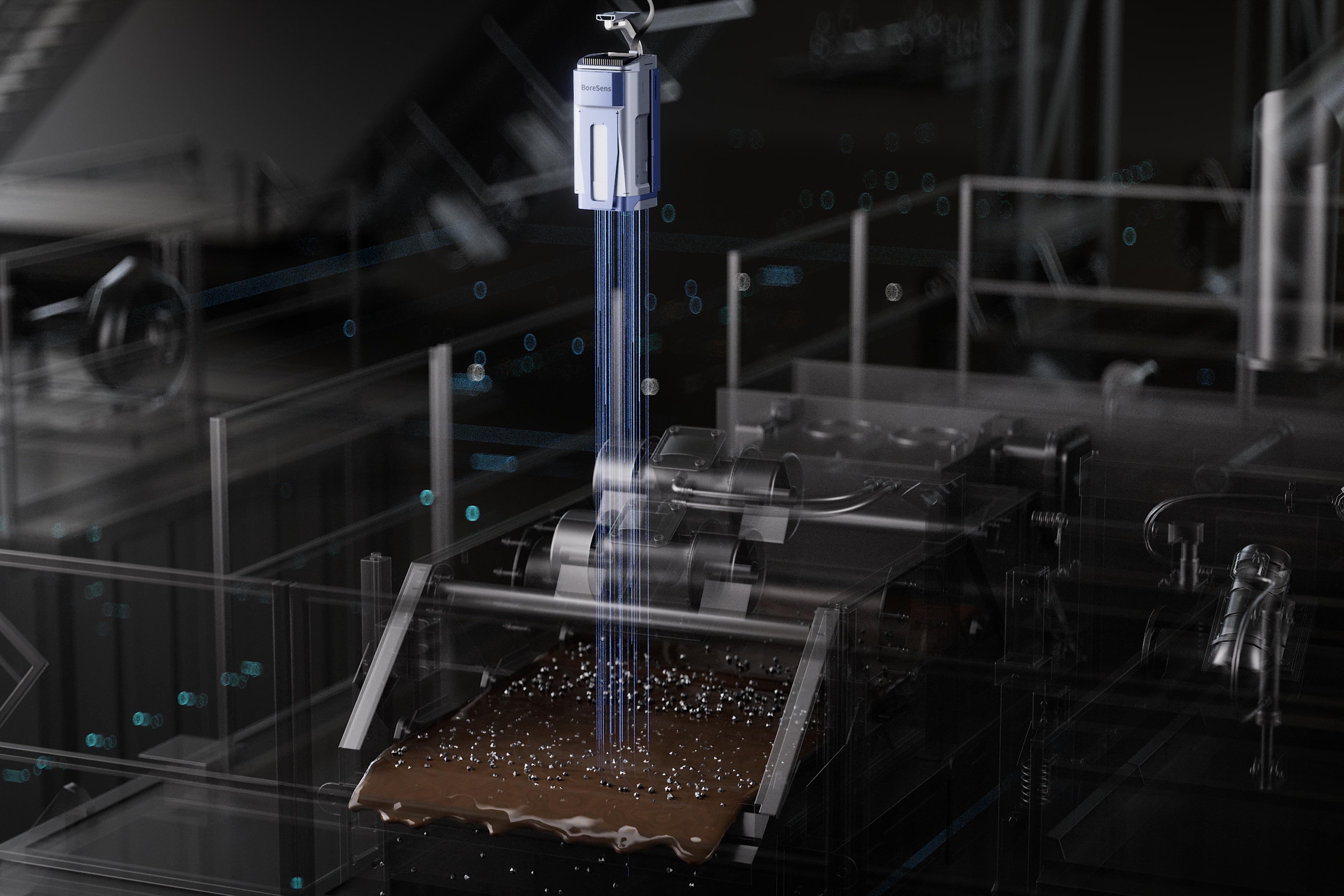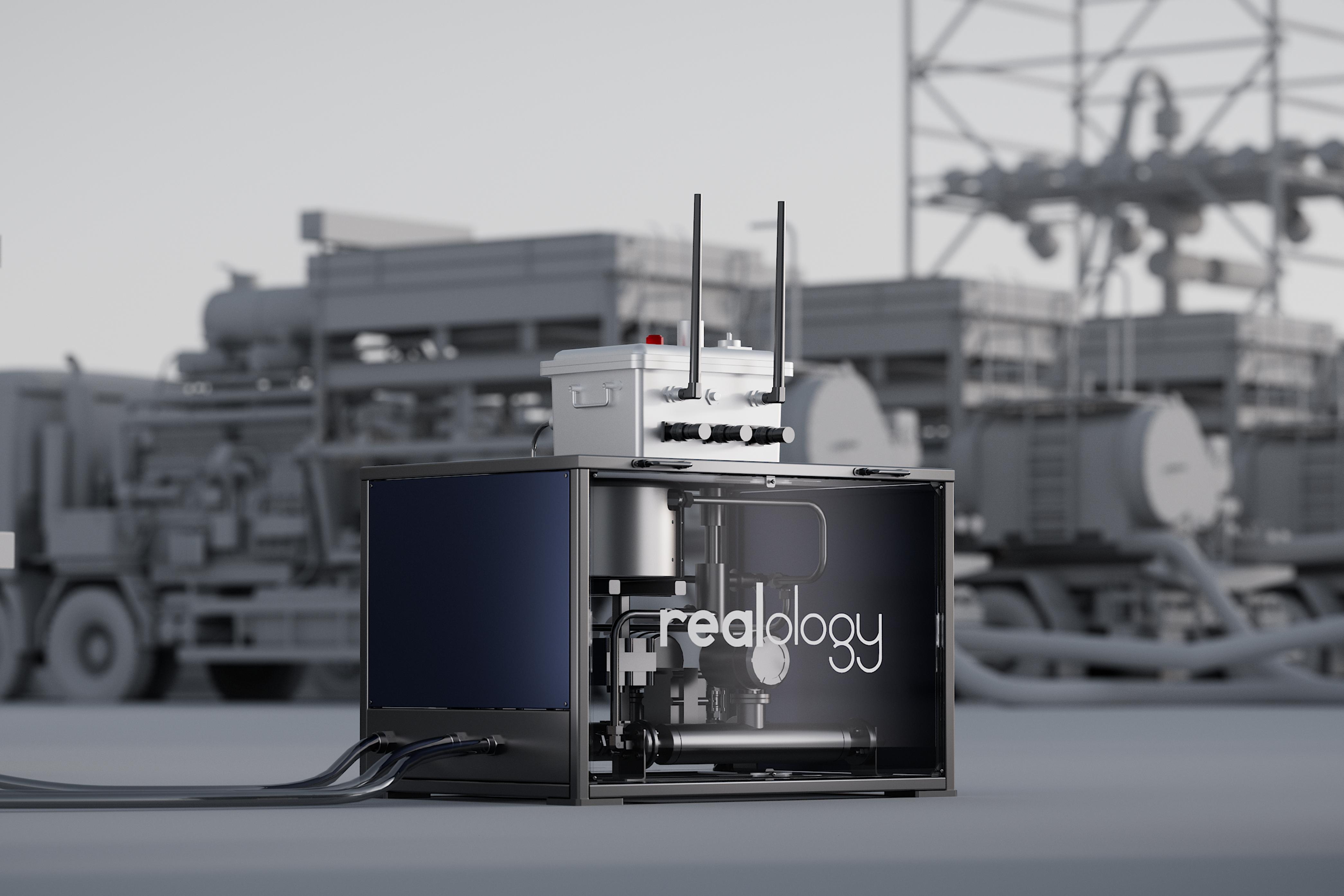How Fluid Monitoring Systems are Changing the Way Drilling Fluids Are Used
2023-03-25
Introduction
Drilling fluid, which are commonly called "mud," are very important to the drilling operation. They assist keep the wellbore steady, cool and lubricate the drill bit, and bring the drilling waste to the surface. However, drilling mud or fluid may be complicated and hard to control, and their characteristics can vary quickly as drilling continues. In the oil and gas business, fluid monitoring techniques are becoming more and more significant for this reason. In this post, we'll talk about what drilling fluids are, how important they are, and how fluid monitoring systems have influenced the business world.
What are fluids used in drilling?
Drilling mud or fluid are a combination of fluids, solids, and chemicals that are used to lubricate and cool the bit used for drilling, stabilize the wellbore, and bring the drill cuttings to the surface. There are three primary kinds of drilling fluid: those that use water, those that use oil, and those that use synthetics. Most drilling mud or fluid are water-based and usually made up of water, bentonite clay, and other things. Oil-based and synthetic fluids are more costly, but they are typically utilized in high-temperature and high-pressure wells and other difficult drilling situations.
During the drilling fluid process, drilling muds are regularly checked and changed so that they keep their intended qualities. This might involve changing the fluid's viscosity, density, and pH to provide the best performance.

Why drilling fluids are important
Drilling muds are very important to the process of drilling. They assist to keep the wellbore stable, which may stop expensive and hazardous problems with well control, such blowouts. They also assist cool and lubricate the drill bit, which may make the bit last longer and make drilling go more smoothly. Also, drilling fluid assist bring drill cuttings to the surface, where they may be studied for significant geological information.
But drilling fluid may be complicated and hard to deal with. During the drilling process, their characteristics may vary quickly, and even tiny changes can make a big difference in how well and safely the drilling goes.
Fluid Monitoring Systems
In the oil and gas business, fluid monitoring systems are becoming more and more significant as a tool to better control drilling muds. Sensors and software are used in these systems to keep track of the qualities of drilling fluid in real time. This lets operators make quick changes to keep performance at its best.
The Baker Hughes X-STREAMTM Fluid Analysis System is an example of a fluid monitoring system. This system employs high-tech sensors and software to keep track of the density, viscosity, and pH of drilling fluid in real time. The system gives operators precise and up-to-date information, which lets them make changes fast and effectively.
The Weatherford AutoPilotTM system is another example of a system that keeps track of fluids. This device utilizes sensors and software that keep track of the parameters of drilling mud or fluid and change them automatically. Based on real-time data, the system may change the parameters of the drilling mud or fluid, so people don't have to do it by hand as often.
Fluid monitoring systems have a lot of pros.
When opposed to the old ways of handling drilling fluids, fluid monitoring systems have several advantages. First, they may assist operators drill more efficiently by giving them accurate and up-to-date data. Fluid monitoring systems may assist cut down on non-productive time (NPT) and speed up drilling by making quick changes to the parameters of drilling mud.
Second, fluid monitoring devices may assist make wells safer by letting operators know about possible problems with well control before they become worse. Fluid monitoring devices assist operators find potential issues and fix them before they become worse by giving them real-time information on the qualities of drilling mud.
Vertechs’ REALology® Intelligent Drilling Fluids Monitoring System
REALology® is a compact modular system that allows real-time measurements of fluid density and rheology, combined with trending analysis that is autonomous and highly visible to the operation team. REALology® can help reduce risk, increase efficiency, and communicate the performance of dilling projects. With a small footprint, and modular components, it allows easy maintenance with minimum effort.
Conclusion
In the end, drilling fluids are a vital component of the method of drilling, and their qualities must be carefully maintained to make sure they work well and keep people safe. Fluid monitoring systems are changing the oil and gas business because they provide accurate and up-to-date information on the qualities of drilling fluid. By integrating high-tech sensors and software, these systems let operators make quick changes to keep performance at its best and lower the possibility of problems with well control. Also, fluid monitoring devices might enhance the speed and safety of drilling and preserve expenses. Fluid monitoring systems remain to be very important in the oil and gas sector, even as drilling sites grow more difficult and complicated.


